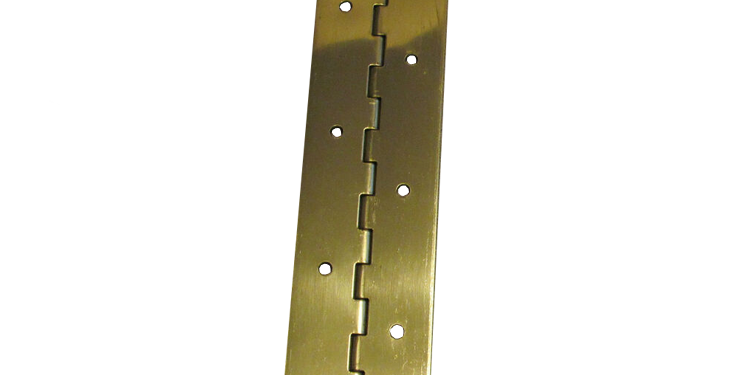In healthcare environments, safety and accessibility are paramount. Continuous hinges, also known as piano hinges, play a crucial role in enhancing these aspects. In this blog post, we’ll explore how continuous hinges contribute to the safety and accessibility of healthcare facilities.
Smooth and Controlled Movement
In healthcare settings, doors must open and close smoothly and consistently to ensure the safe and efficient movement of patients, staff, and equipment. Continuous hinges provide a seamless and controlled door operation, reducing the risk of accidents and injuries.
Accessibility Compliance
Healthcare facilities must adhere to accessibility standards to accommodate patients with mobility challenges. Continuous hinges are often used in doors that need to comply with these standards. Their smooth operation is essential for ensuring easy access for wheelchair users and individuals with mobility aids.
Durability for Longevity
Healthcare facilities operate around the clock, placing significant demands on doors and hardware. Continuous hinges are designed for durability, making them an ideal choice for healthcare environments. They can withstand heavy use without sagging or failing, ensuring their longevity.
Tamper Resistance for Security
Security is a top priority in healthcare facilities, especially in sensitive areas such as patient rooms and medication storage areas. Continuous hinges offer tamper-resistant features due to their uninterrupted design, enhancing security and preventing unauthorized access.
Reduced Maintenance Needs
Continuous hinges require minimal maintenance, which is advantageous in healthcare settings where staff time is precious. Regular lubrication and inspections are usually sufficient to keep these hinges in optimal working condition.
Conclusion
Continuous hinges are indispensable in healthcare facilities, where safety, accessibility, durability, and security are paramount. Their smooth and controlled movement, compliance with accessibility standards, and tamper-resistant features contribute to the overall well-being of patients and the efficient operation of healthcare facilities.







